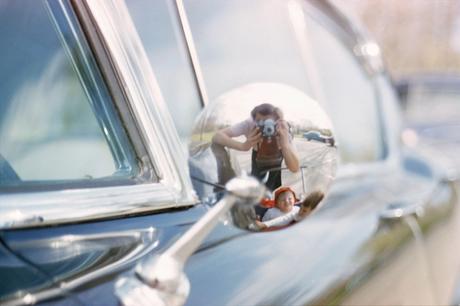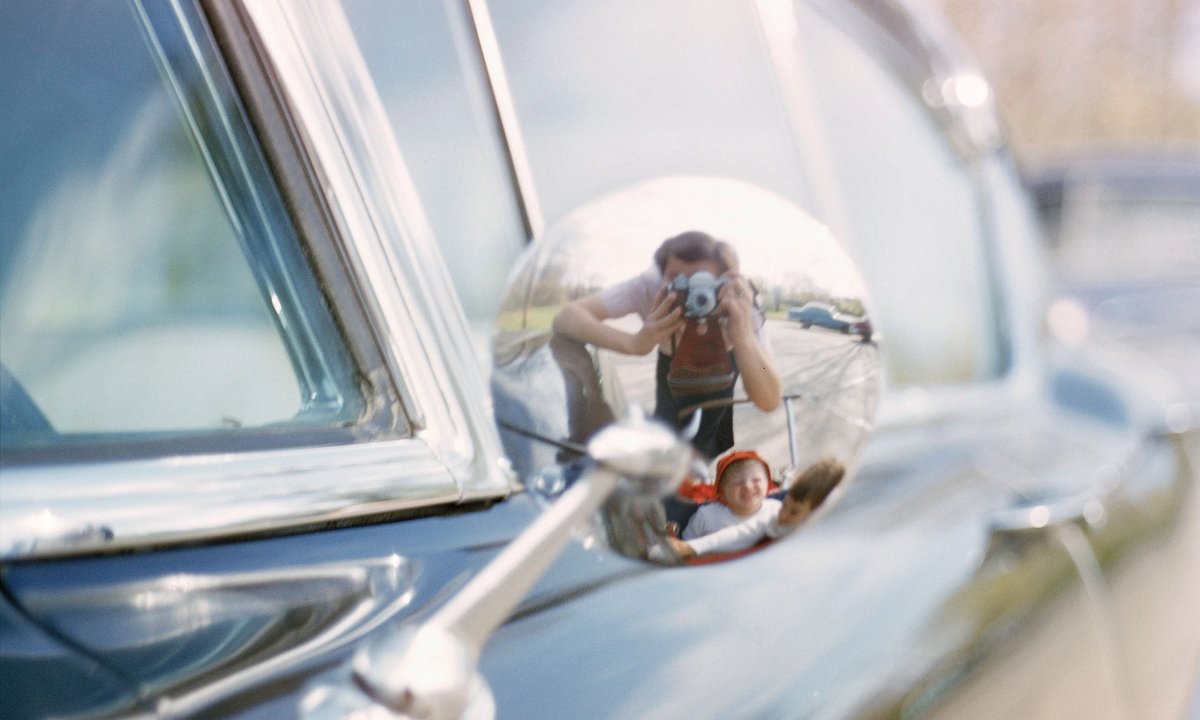
The story of Vivian Maier (1926-2009) is wonderfully peculiar. For four decades she worked as a nanny in New York and Chicago, during which time she secretly took hundreds of thousands of photographs. She was fiercely dedicated and technically skilled, yet she shared her images with virtually no one. “She was an ‘invisible’ woman,” says Anne Morin, the curator of the first UK exhibition of Maier’s work, at MK Gallery in Milton Keynes. “She never had her own life, living in the house of her employers, working for them. The only territory where she could be free with her own identity was photography. This was her way to exist.”
It was perhaps Maier’s anonymity that enabled her to capture so freely the everyday expressions and interactions of people of different social standings. Produced by the cultural management company diChroma Photography, which has organised several shows of her work, the exhibition will bring together more than 130 black-and-white and colour photographs, as well as film and audio.
“What’s fascinating is that her visual language never changed,” says Morin, who has been working with the Maier archive for more than ten years, collaborating with international institutions to bring her work to a wider audience. “The photographs from the 1990s are no better than the ones taken in the late 1940s. She established the specifics of her style at the beginning, and within that same style she moved from one theme to another and back again.” Her subjects range from glamorous housewives to the homeless to architectural snapshots of bustling shopfronts and empty restaurants. She took several self-portraits, too.
“She never had her own life, living in the house of her employers, working for them. The only territory where she could be free with her own identity was photography. This was her way to exist.”
Anne Morin, curator
It was not until 2007, when Maier fell behind on the payments for a storage locker, that some of her work became public. At auction, the estate agent and amateur historian John Maloof acquired a box of negatives, reams of undeveloped film and other collectables. Captivated by the portraits of daily urban life, he tracked down the rest of the boxes and began his quest to bring Maier’s work to light. In 2009 he found a brief obituary online and, after putting together a photography blog and his own exhibition (museums were not interested at this point), he made a documentary, Finding Vivian Maier. After the film’s release, Maier became a landmark figure in 20th-century American photography (kicking off a lengthy legal battle over control of her legacy).
Why? “Probably because millions of people, for one reason or another, can relate to her,” Morin says. That, and the fact that “there’s no other similar case in the history of photography”. One of the self-portraits that will feature at MK Gallery distils Maier’s double life—her domestic work and her passion for creativity—in a single snapshot. She leans forward, resting one elbow on the handle of a pram, the other on the side of a car, and points her camera at the vehicle’s wing mirror. The result is a closely cropped portrait of Maier and her two young charges reflected in the polished metal, Maier’s face hidden behind the camera.
• Vivian Maier: Anthology, MK Gallery, Milton Keynes, 11 June-25 September







